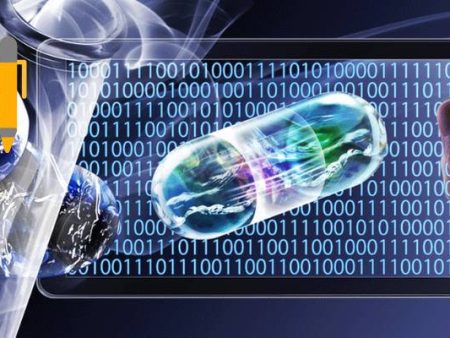OpenAI has pulled another rabbit out of its algorithmic hat with the release of Sora 2, a next-generation video-and-audio generator that’s blurring the line between what’s filmed and what’s fabricated.
The company describes it as “a more physically consistent, realistic, and steerable model”, capable of producing short, lifelike clips directly from text prompts — the kind that make you do a double-take.
You can almost feel the hum of the virtual camera when you see what OpenAI quietly revealed this week.
When I first saw a few of the demo clips, I honestly couldn’t tell what was real anymore. The model doesn’t just generate images — it simulates motion, lighting, and even acoustics.
You can tell it to change the camera angle mid-scene, dim the lights, or make rain hit the lens. It even lets you upload your own likeness for what’s being called a “cameo mode,” meaning yes, you can literally star in your own AI-directed movie, as detailed in early system previews.
The Wow and the Worry
The magic starts to feel a little eerie once you realize how real it looks. People have already used Sora 2 to generate animations featuring recognizable cartoon characters, which has pushed OpenAI to promise “granular controls” for copyright holders — an attempt to calm the growing chorus of creators accusing the company of letting their work slip into its training data without consent.
That assurance came after reports surfaced about AI-made clips of SpongeBob and Pokémon characters.
But let’s be honest — that kind of control sounds ideal on paper and nearly impossible to police in practice.
The internet moves faster than any legal process, and deepfakes don’t exactly come with watermarks.
A case in point: an eerily convincing video went viral showing “Sam Altman” shoplifting GPUs from Target, before turning to the camera and joking that he “needed them for Sora inferencing.”
The whole thing was fake, of course, but it showcased how believable AI video has become, as seen in footage that spread across tech circles.
Meanwhile, OpenAI’s rollout strategy hasn’t been without hiccups. The new Sora app — a TikTok-style feed where every clip is AI-generated — is available only in the U.S. and Canada for now, but knock-off versions have already flooded app stores around the world. As one analyst noted, clone apps are springing up faster than OpenAI can react.
Power, Bias, and the Blurred Edge of Reality
If you zoom out for a second, the implications are massive. Sora 2 represents the next stage of synthetic media — not just video creation, but performance automation.
Anyone can be a filmmaker now, sure, but what happens when AI is better at faking authenticity than humans are at recognizing it? There’s a reason even AI researchers admit Sora’s hyper-realism is both awe-inspiring and unsettling.
Some have already pointed out that bias baked into the model’s dataset could lead to stereotyped outputs, echoing the same concerns raised when analysts tested the first Sora’s cultural biases.
Regulators are watching, too. Policy experts in the EU have hinted at new disclosure rules for AI-generated video after the Sora 2 debut, and the U.S. Federal Trade Commission is already probing synthetic media in election-year advertising — a logical step given how easy it’s becoming to manufacture “evidence.”
My Take
I’ll admit it — I’m torn. There’s something intoxicating about being able to conjure a film scene out of thin air. It’s creativity unshackled.
But there’s also that gnawing sense of what now? when you realize every video could be suspect. It’s a bit like opening Pandora’s box, except instead of curses, what escapes is infinite content.
One thing’s for sure: the genie’s out. OpenAI’s Sora 2 isn’t just another AI model — it’s a turning point in how we define real.
Whether that excites you or terrifies you probably says a lot about which side of the lens you’re on.


